Screw Pile Foundation: What is it [The Detail, Cost and Design]
Screw pile foundations are a type of pile foundation. It is installed in the ground by wounding the screw pile. The process is the same as screwing into the wood.

A screw pile can have more than one helix (also known as a screw). Depending on ground usage and conditions.
More helices are designated in case of higher load need or a soft ground encounter. It is installed in the group with minimal noise and vibration.
Some of the screw piles are coupled with different load mechanisms. They can provide in-ground performance in several ranges of soil. It includes earthquake zones.
Contents
Screw Pile Foundation Detail
The screw pile consists of round steel sections with screws attached to them.
During the installation process, the screw piles are cut into the soil. The helical flight and shafts are designed to fit in different ground conditions.
When the pile reaches the target depth, it is filled with concrete to place it. Reinforcement is used to extend the pile capacity.
It used to provide connection to the building structure above the ground.
For cabin
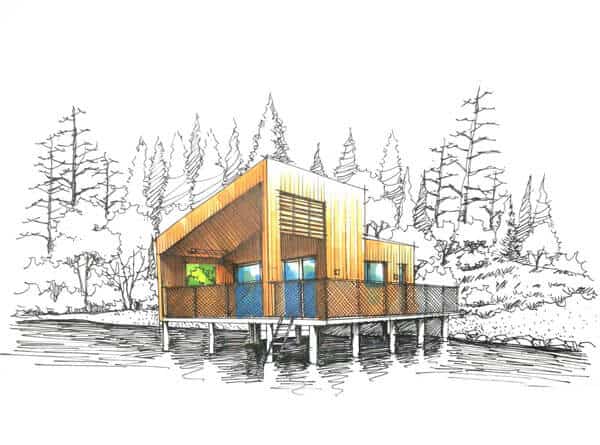
Cabins are often built near lakes and rivers where soil density is low. They need stable foundations to remain in place despite the natural ground movements. Screw pile foundation provides cabins with a stable foundation that resists ground movements.
Pile foundation is an ideal solution in flood and earthquake zones or on steep inclines.
Our screw piles are impermeable to temperature fluctuations and ground movements. Set on fixed foundations, your cabin will adhere to weather changes.
Installation
The size, number, and placement of piles depend on the type of structure and its weight. We will select the right type of piles for you according to your ground structure and the type of soil.
Usually, cabins are built in low-density soil, the piles will be selected with that element in mind.
We use lighter machinery for screw pile foundation. Our tractor is equipped with lawn tires, to prevent damage to your property.
Moreover, our equipment is capable of functioning in tight spots.
You will be ready to start building your cabin as soon as the piles have been screwed into the ground. No waiting time required! It makes sure to provide proper insulation to your cabin’s floor. Because its underside will be exposed to the elements.
For house
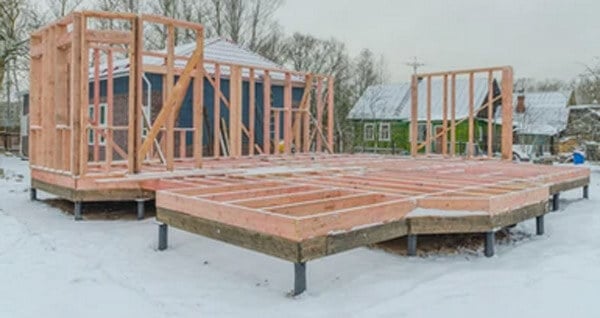
A home’s quality is made from the ground, starting with a solid foundation. Choosing the right foundation for your home is crucial.
But some people find the options confusing and hard to understand. With tons of benefits and features that are not found in other types. A screw pile foundation is a flexible option for your dream build. Screw pile foundation homes are sensitive to build.
Most houses feature a crawlspace, slab, or basement foundation. But there are options beyond that.
Most homeowners love screw pile foundations. Because they are good for the environment and save money. Installing screw pile foundations requires small machinery. It places support rods into the ground.
Screw Pile Foundation Cost
The cost of the screw pile foundation depends on several variables. It includes soil conditions, the size of the structure, its design, and the weight. These things should be considered to estimate the final price.
If the harmed area is dug by machine, you can predict an estimated cost of $1,100 to $1,500 per screw pile. While manual digging comes with a higher expenditure and a longer time-till-completion. The price range for screw piles dugs typically between $1,200 and $1,600 each.

Factors Determining the Cost of Screw piles
Following are the factors that directly have an impact on the cost of screw pile foundation.
Types of screw piles
Cost also depends on the type of screw piles you choose. There are two main types of screw piles; one with a round shaft and one with square shafts.
Soil condition
If the soil of the affected area is softer or with a high natural water table. Then you will need to invest additional money.
Depth of installation
More material and time are needed to dig screw piles at a deeper and secure level. It will ultimately increases the cost.
Number of screw piles required
The need of piles is determined by structure type, loading, and support requirements. More number of screw piles means more cost.
Screw Piles Foundation Design Requirements
Structural designers should consider the following factors when designing for the structure and Foundations of screw piles:
- The importance of the structure will define the size of earthquake. Also wind loadings are required for the structure and foundations.
- The design life of the structure of the screw pile – for Building Code requires a life of 50 years. For more crucial structures a life of 100 years may be required. Screw piles can also be utilized for momentary anchoring applications or temporary structures
- The complication in evaluating and fixing up the foundations. The designer may propose a formal damage limit state.
- Outcomes if a screw pile surpasses the agreed vertical or horizontal positional tolerances.
Screw Piles Design Essentials
Proper awareness of the design process essentials allows how the design of screw piles can be influenced.

Screw piles design include:
Installation process
The installation process of screw piles influences the design.
The process includes standard procedures. It involves progressing the screw pile into the soil. By utilizing a hydraulic torque motor. It yields in helices infiltrating the soil. It rotates through the application of a twisting moment at the shaft head.
The screw pile installation process not only holds the application of torque. but also has the application of downward pressure and called crowd. It further facilitates the installation.
Load transfer in loaded piles
Screw piles design is controlled by the reaction of deep foundations. When it is subjected to applied loading.
During the load transfer to the soil from the screw pile. The load transmitted to the helical plates in the form of bearing resistance. It is much bigger than the shaft resistance.
Use of Standard Penetration Test (SPT) and the Cone Penetrometer Test (CPT)
N value obtained from the SPT is an important parameter. Because of its implications toward the incidence of limitations. Also, the link to the speed of installation.
The screw pile ultimate capacity, and the screw pile embedment depth.
CPT infer the soil properties of the soil profile under testing. Where the assessed penetration resistance is related for the installation torque need. Also, for the compressive or tensile power of the pile.
Screw Piles Foundation System
The screw piles are made up of circular hollow steel bars with which one or more helices are attached.
Screw piles have penetrated the soil with a constant pitch, as opposed to auguring through it. The helical flights and shafts are particularly constructed to endure the ground conditions.
When the pile has dug to the target depth it stays in place. It is generally served with concrete. The protruding reinforcing connects piles to the building structure. Moreover, it can increase the capacity of the pile in some cases.
Conclusion
Screw piles are valuable means of installation.
They are associated with their mechanism of dispersing load. Also, delivers useful in-ground execution in a range of soils. It includes earthquake zones with liquefaction potential.
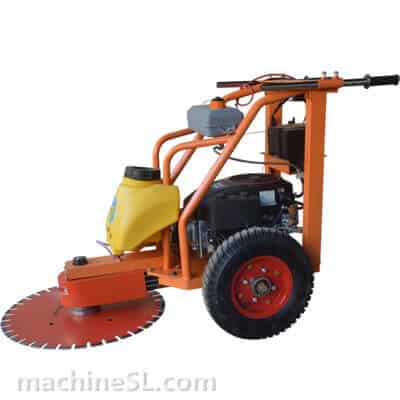
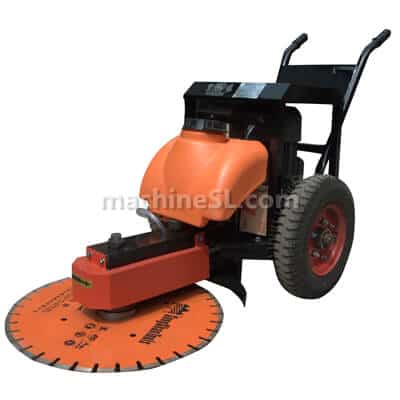
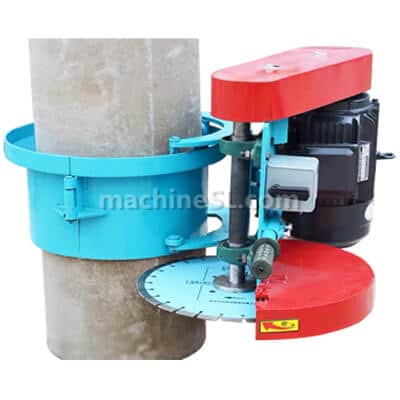
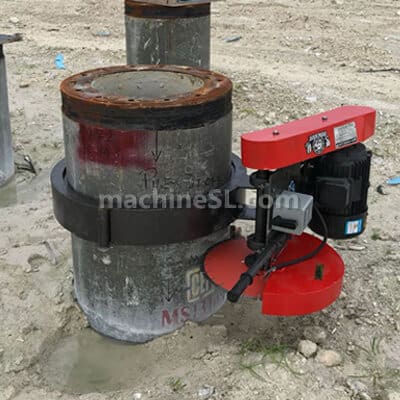
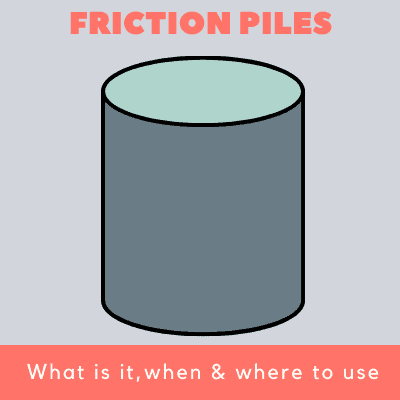

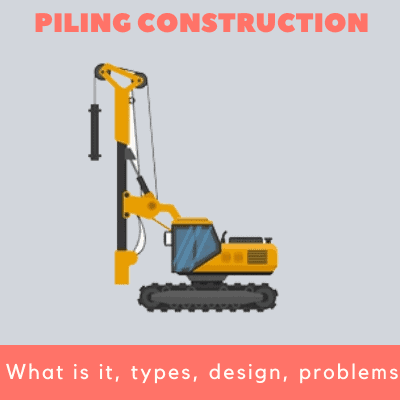
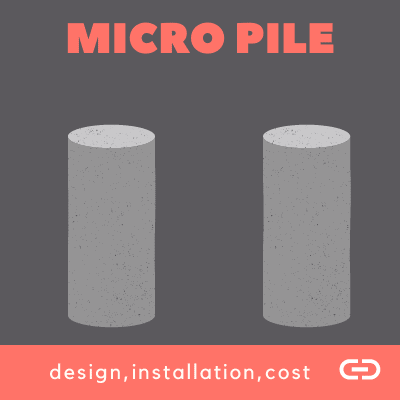
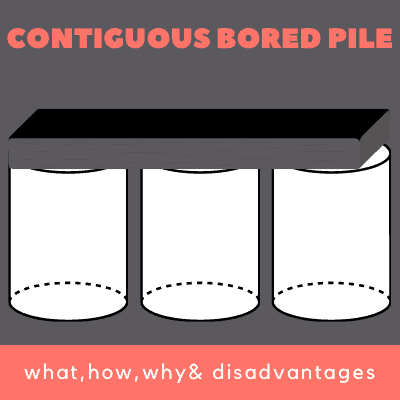
I have camp on Monkton pond in Monkton Vt that I like to raise 12 to 15 in” Could we meet sometimes to discuss jacking up the camp Thanks John
thanks John
Can these be used on a slopping foundation . How are these rated for earthquake zones and tornado prone areas ?
Hi Lucille, thanks, let’s keep in touch by email